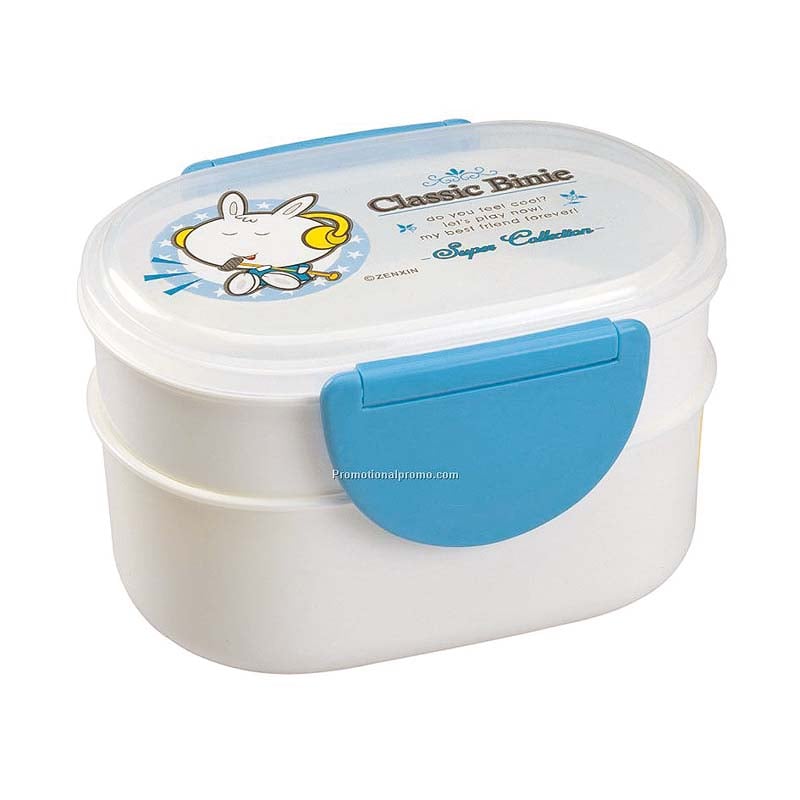
Whole Grains
Pack a whole grain-based sandwich with apple jam and a teaspoon of butter. Whole grain bread, which is readily available in local bakeries, will add fibre to the meal, whilst the jam will give it a dessert-like taste. “Whole grains provide a wealth of vitamins, minerals, and plant-based nutrients, including some dietary fibre,” suggests New York based nutritionist Jackie Newgent. If your kid isn’t into jam, top a roti made of brown atta or whole-grain bread with grilled chicken and cheese slices along with some lettuce. Then, wrap it up and slice it on an angle, suggests Joy Bauer, nutritionist, and founder of Nourish Snacks.
Protein
Pack a popsicle-style stick so your child can transform a hard-boiled egg into an egg pop, suggests Newgent. “Eggs provide high-quality protein that’s key for kids’ growing muscles—and so much more.” One little egg is packed with several vitamins essential to your health — Vitamin B2 (riboflavin), which helps your body to break down food into energy, Vitamin B12 (cobalamin), vital for producing red blood cells, Vitamin A (retinol), which is great for your eyesight, Vitamin E (tocopherol), which fights off the free radicals that can cause tissue and cellular damage, which may lead to cancer and Vitamins A and B2 are also important for growth — so make sure your kids are eating eggs regularly.
Hummus in a bowl
Serve hummus in a boxed bowl with a lid or directly into the lunchbox. Newgent explains, “Chickpeas can provide ample protein in lieu of meat. Plus, they’re a good source of soluble fibre that can play a role in managing blood sugar levels, which may ultimately help keep potential food-related mood swings in check.” All you need to make your own hummus is a food processor, a bowl of chickpeas, a garlic clove, extra virgin olive oil, tahini, lemon juice and salt. Then all you have to do is throw all the ingredients in the processor. Hummus is jam-packed with essential minerals that help build bone, muscle, skin, and improve blood health.
Vegetables with dip
Cut up carrots into thin coins or longer logs. Encourage kids to play with them as cuisine, such as consuming the carrot logs with homemade dips, eating them like snack chips. “Vegetables are loaded with plant-based nutrients that help organs develop while laying down the foundation for kids’ future health,” says Newgent. “Carrots, in particular, will help in the development of healthy eyes. Not just that, but carrots are rich in vitamin A, Vitamin C, Vitamin K, vitamin B8, pantothenic acid, folate, potassium, iron, copper, and manganese — all nutrients necessary for a growing child. For your dip, prep something yogurt based with cucumber, salt, olive oil and a little bit of chaat masala.
Healthy drink
By healthy, we don’t mean a boxed of sugary fruit juice. A mini water bottle is the ideal lunchtime beverage, says Bauer, but flavoured seltzers make a great substitute as long as there is “no added sugar, sweeteners, or sugar substitutes,” she adds. To prep a delicious juice, do it at home — toss in some melon, frozen strawberries and a couple oranges into the blender, and there you have a healthy concoction your kid will absolutely enjoy and guzzle down in seconds. It’ll also keep your child well-hydrated throughout the day.
Bonus snack
If you’re including a snack, Bauer recommends limiting the portion to 200 calories or fewer. When buying brand name goods, look for low sugar (again, 12 grams per serving or fewer) and whole grain options. Newgent recommends asking yourself this: Can I pronounce all of the ingredients listed on the food label? “If the answer is no, then don’t give the food to your kids,” she says. You’ll therefore find not many shelved options for your little one. Best pick — make your own with natural nutrient dense foods. Trail Mix is a great choice. Get creative by starting with popcorn (a whole grain), mixing it with a couple of almonds, a pinch of raisins, a few cashews and a spoon of peanuts. For kids who are allergic to peanuts, seeds such as sunflower seeds are a great alternative.
Published in The Express Tribune, August 28th, 2015.
Like Life & Style on Facebook, follow @ETLifeandStyle on Twitter for the latest in fashion, gossip and entertainment.

































COMMENTS
Comments are moderated and generally will be posted if they are on-topic and not abusive.
For more information, please see our Comments FAQ